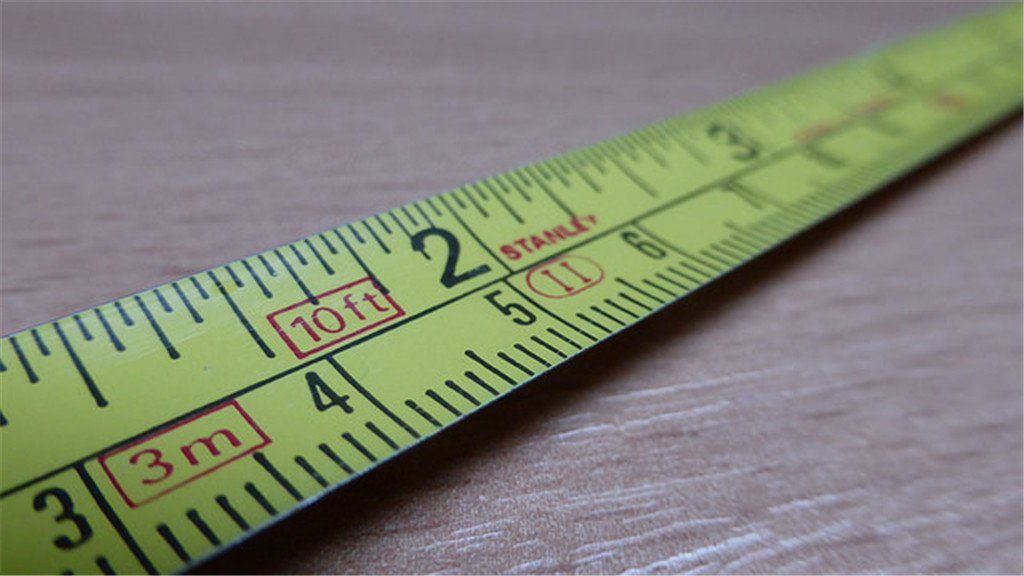The most common question we get at HitLights tech support is 'What kind of power supply do I need for my LED light strips?' There's an easy answer if you look for these three things.

- via MacEntee
1) What is the total length of LED light strip you'll be using for your project (in feet)? Measure out where your lights will be going and make a note of how long your total installation will be.

2) Look up the wattage rating in Watts per Foot for the light strip you have selected. You can find this in the 'additional information' tab on any of our product pages.
Next, simply multiply your length of light strip by the wattage per foot to get your total power draw.

For example, if you are using twenty feet of our Standard Density Luma5, you'd multiply the footage (20) by the wattage per foot (1.5) for a total power draw of 30 Watts.

Finally, select your power supply. You'll want the power supply you select to be rated for at least this amount of power, preferable slightly more. For a simple indoor application, we would in this case recommend our 36 Watt Indoor Power Supply. For outdoors, we would recommend our 40 Watt Outdoor model. If you were planning on using a 110V wall dimmer switch, you'd need our 40 Watt dimmable driver.
What if I have less power than I need?
If you've done the math and your lights are drawing more power than your current power supply provides - you should unplug that power supply NOW! The wattage rating on any of these items isn't the limit of how much power is supplied, but instead is what these items are designed to safely handle. When your power draw exceeds the wattage rating, those items will still supply it - but they'll be closer and closer to failure (possibly of the 'catastrophic' kind).
In the best case scenario, those items will overheat and damage their internal circuitry, voiding your warranty and reducing the lifespan of the product. Worst case scenario, the power supply or controller will heat up rapidly and smoke or even catch fire. Overheating electrical components are a runaway train with the gas all the way down - as the heat goes up, so does the resistance - increasing the heat even further!
If you have any further questions about power supplies or anything else, please feel free to ask us at customerservice@hitlights.com. Or give us a call at 1-855-768-4135.



